Don't you wanna live forever?
OK, well, we're not there quite yet... but we're getting closer!
A wave of exciting research has come out in the last 5-10 years highlighting NAD+, an important metabolic coenzyme that's implicated in ATP production, and autophagy, the body's process of cellular self-renewal.
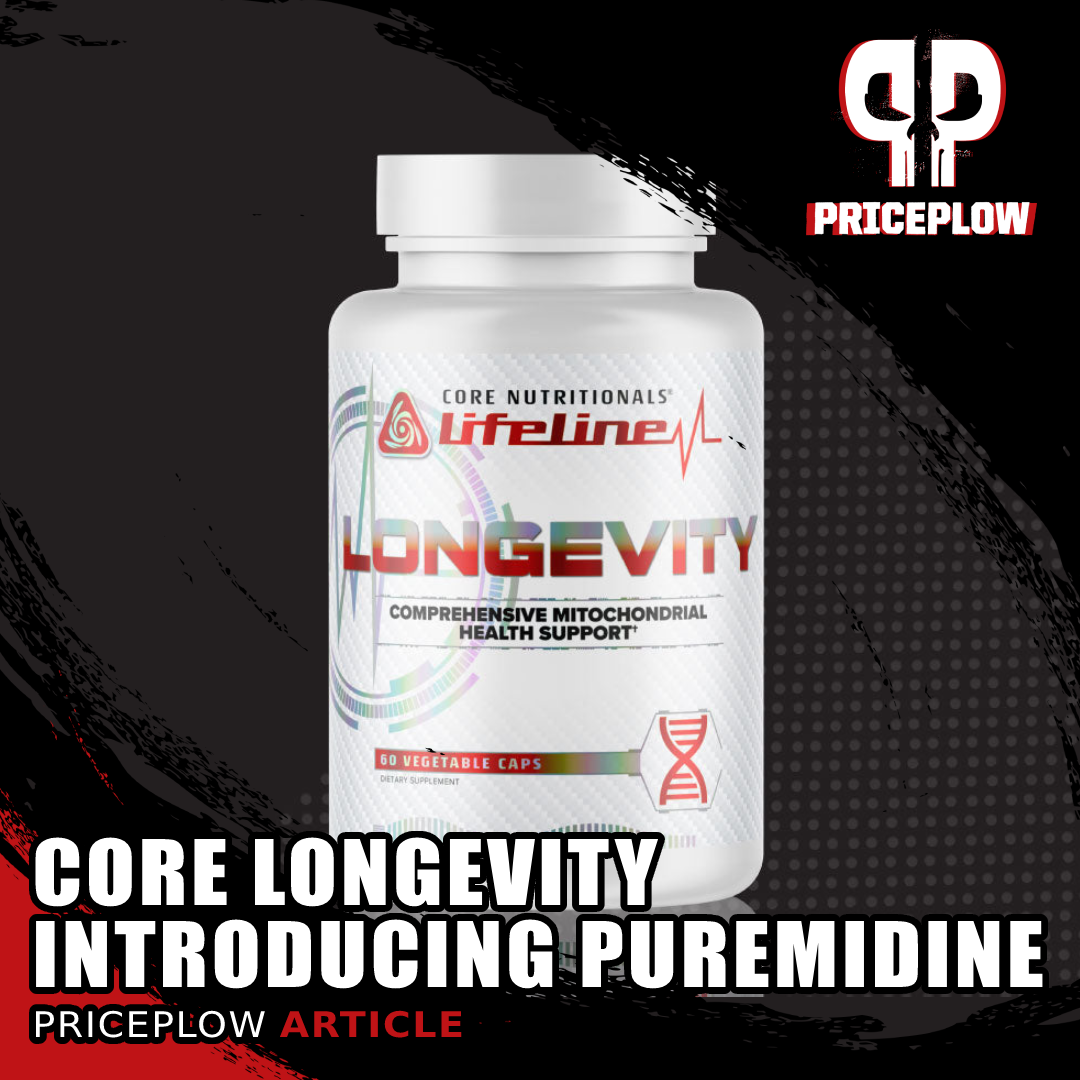
CORE Longevity is a comprehensive mitochondrial health support supplement that's the first to use NNB Nutrition's Puremidine spermidine - with BioNMN!
NAD+ and autophagy appear to be crucial for staying metabolically young and healthy – and what they both have in common is that they work to improve health at the cellular level.
A cell-focused approach is, in our opinion, our best bet at extending lifespan and healthspan.
CORE Longevity: Your Supplemental Lifeline to the Fountain of Youth
Core Nutritionals picked up on this fast, and now they're bringing us an awesome CORE Longevity formula designed to help users take full advantage of these "fountains of youth". It's the latest in the Lifeline Series, and is perhaps the high water mark of Core Nutritionals' impressive foray into health and wellness supplements, undertaken after many years of emphasis on sports nutrition supplements like pre-workouts and protein powders.
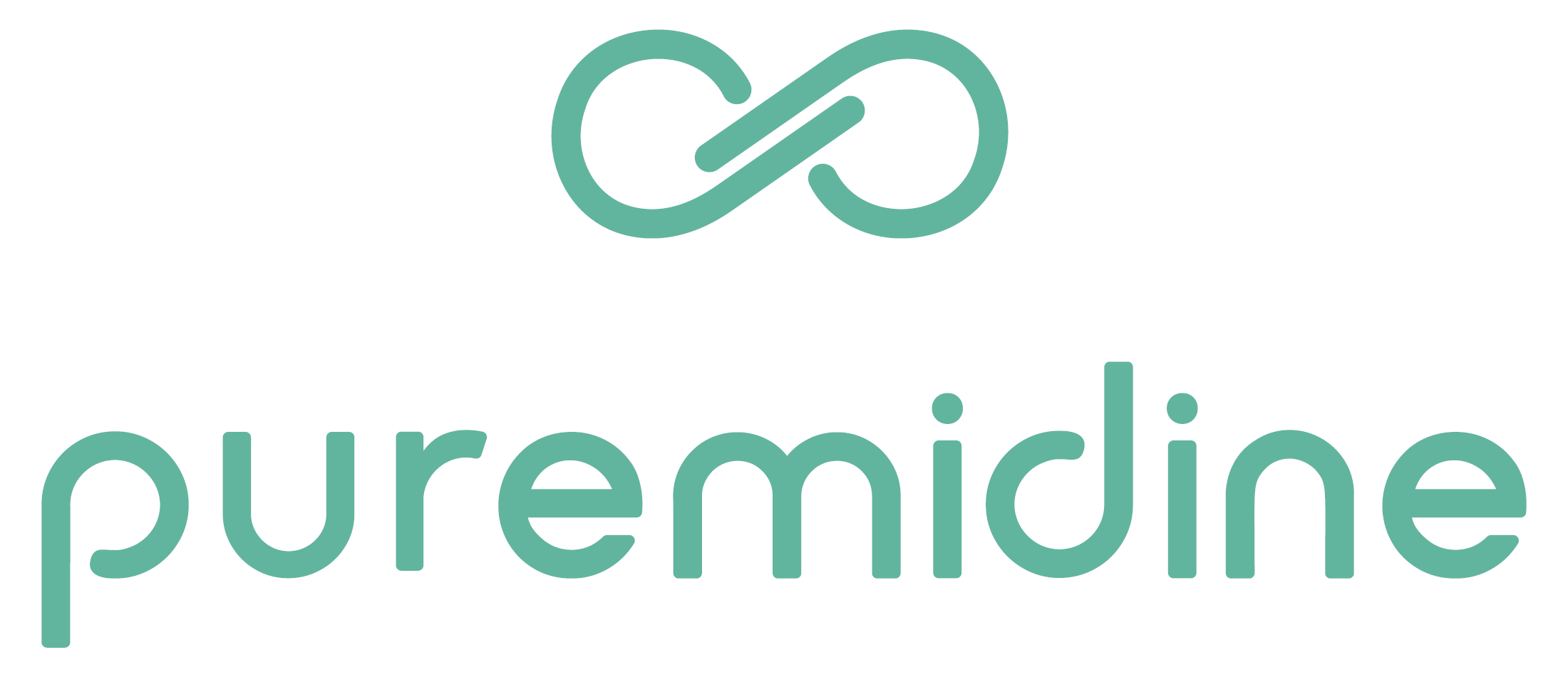
CORE Longevity is the first supplement to use NNB Nutrition's Puremidine to help boost autophagy-like effects!
Alongside the potent BioNMN NAD+ booster, Longevity is the first dietary supplement to use NNB Nutrition's Puremidine, a standardized form of spermidine that upregulates autophagy.
Suffice it to say, we're pretty impressed with this formula: it's simple, but hits cellular energy production hard with a handful of carefully-selected, powerhouse ingredients. This formula seems to provide some stimulant-free energy, so don't be surprised if you feel it too.
Let's check PricePlow's coupon-powered prices and product availability, then get into some heavy science:
Core Nutritionals Lifeline - Longevity – Deals and Price Drop Alerts
Get Price Alerts
No spam, no scams.
Disclosure: PricePlow relies on pricing from stores with which we have a business relationship. We work hard to keep pricing current, but you may find a better offer.
Posts are sponsored in part by the retailers and/or brands listed on this page.
This area is reserved for Team PricePlow's upcoming Ingredients video.
Subscribe to our channel and sign up for notifications so you catch it when it goes live!
CORE Longevity Ingredients
In a single 2 capsule serving of Longevity from Core Nutritionals, you get the following:
-
Quercetin (Sophora japonica) (95% Quercetin) – 500 mg
The flavonoid quercetin occurs naturally in many widely-consumed foods. Some examples of quercetin-rich foodstuffs are coffee, onions, orange juice, and red wine.[1]
Flavonoids are a class of polyphenol antioxidants, consumption of which has been strongly associated by research with a wide range of positive health outcomes. For example, the high polyphenol content of green tea is a huge factor in that beverage's ability to improve metabolic and cardiovascular health.[2]
A fairly large study with over 500 participants found that over the course of the five year study period, the concentration of polyphenols in participants' blood showed a negative correlation with obesity and type 2 diabetes.[3]
-
Quercetin’s Metabolic Benefits
Quercetin's effects are very much along these lines – indeed, the first thing you should probably know about high quercetin intake is that it appears to have inhibitory effects on fat cell growth and formation, and can decrease an individual's likelihood of developing obesity.[4,5]
That isn't terribly surprising in light of quercetin's documented ability to fight oxidative stress, reduce chronic inflammation, and prevent unnecessary blood clotting – in addition to having antiviral, anti-carcinogenic, and anti-allergenic effects.[1,6]
Oxidative stress and chronic inflammation in particular have been linked to insulin resistance, the metabolic syndrome, and eventually, type 2 diabetes,[7] so keeping these under control should be the cornerstone of any strategy to increase both lifespan and healthspan.
One potentially beneficial metabolic effect of quercetin is to block the action of an intestinal transporter protein called glucose transporter 2 (GLUT-2),[8] which decreases your absorption of carbohydrates from food. This can help keep your blood glucose levels from rising too high after a meal.[8]
Quercetin also seems to be capable of improving fasting blood glucose levels,[9] although research on this subject is currently not conclusive.[3]
-
Quercetin Relieves Inflammatory Endotoxin (LPS) Burden
At the same time, quercetin often improves immune function,[1,6] which is not necessarily the case for a compound with anti-inflammatory properties – acute inflammation is a crucial immunity mechanism, so we don't want to suppress all inflammation, like an NSAID might.
The specific mechanism by which quercetin suppresses inflammation is inhibiting lipopolysaccharide (LPS)-driven prostaglandin production.[7] LPS is essentially a toxic metabolic byproduct of the bacteria that live inside your body, and is also known as "endotoxin"[10] because of its inflammatory, anti-metabolic effects.
By shutting down LPS-triggered inflammation, quercetin can help limit the damage caused by LPS.[11,12]
This is a huge deal for longevity because endotoxin tolerance seems to decline as we age,[13] and the overall endotoxic burden a person carries is inversely correlated with health and lifespan.[14]
In fact, healthy centenarians have been shown to carry much less endotoxin than far younger heart attack patients,[14] which underscores the importance of controlling LPS.
Because of its effects on the prostaglandin response, quercetin can help down-regulate a lot of downstream inflammatory molecules, like cytokines and interleukin-4 (IL-4).[6]
A zinc ionophore for immunity
Additionally, quercetin acts as a zinc ionophore,[15] allowing zinc to better penetrate cells, supporting improved viral clearance against modern, man-made bioweapons.[16-24] While there's no zinc in CORE Longevity, it may help make the zinc your multivitamin (such as Core MULTI) function better.
Quercetin's anti-inflammatory effects make it a potentially helpful substance in the management rheumatoid arthritis and other forms of joint pain,[25] and give it the ability to help renew aging cells, which can ultimately improve the appearance of your skin.[26]
-
The Big One: Quercetin Drives Mitochondrial Biogenesis
But the main reason quercetin is in Core Longevity, and the main reason we love it so much, is that quercetin has been shown to help increase the creation of new mitochondria (known as mitochondrial biogenesis), specifically in muscle cells.[27]
Boosting NAD+ is great, but let's work from the other side of the coin as well - reducing its consumer, the CD38 enzyme. Quercetin is a great way to do it, and it brings many other benefits as well![28]
Mitochondria are the powerhouses of your cells, organelles responsible for generating all the energy your body uses to carry out its metabolic processes. Having lots of healthy mitochondria is unbelievably important for living long and living well.
Quercetin seems to drive mitochondrial biogenesis by upregulating nicotinamide adenine dinucleotide (NAD+), a molecule of unbelievable importance that we'll be discussing a lot throughout this article.
Quercetin does this by oxidizing NADH, the chemically, reduced form of NAD+, and converting it back into NAD+.[29]
The downstream effects of this bump in NAD+ levels are so powerful that quercetin supplementation has been observed to increase the VO2max of those who take it. The size of the observed effect was small, but still, this is something that few athletic supplements are capable of doing.[30]
NAD+ levels decline with age, which impairs mitochondrial function and drives many of the degenerative processes associated with aging. It's no surprise, then, that partially restoring NAD+ levels through quercetin administration has been shown to improve certain biomarkers of age.[31,32]
-
Preserving NAD+: A CD38 Inhibitor
On top of the above effects, quercetin protects NAD+ levels by functioning as a CD38 inhibitor.[33,34] This is important because CD38 is an enzyme that cleaves and consumes large amounts of NAD+,[28] and as mammals age, CD38 goes up while NAD+ goes down.[35,36] By downregulating this enzyme, quercetin plays a very strong defensive role -- especially paired with the BioNMN NAD+ booster described below.
-
Quercetin and Caffeine Synergize
Some research shows that quercetin is more effective when taken in conjunction with caffeine, which isn't totally surprising considering that quercetin occurs naturally at high concentrations in caffeinated plants.[37] So if you want to get the most benefit from your quercetin, try to take it with your daily tea or coffee... or with your CORE Fury pre-workout, CORE Burn fat burner, or CORE Zone nootropic!
-
-
Beta-Nicotinamide Mononucleotide (as BioNMN) – 250 mg
The nucleotide nicotinamide mononucleotide (NMN) helps increase cellular energy availability[38] by upregulating NAD+, just like quercetin which we discussed in the previous section - only more directly.
Need more clean energy? Then there's a good chance you need more NAD+ -- and an incredible way to generate more is with NMN Supplementation.
NMN is derived from niacin,[38,39] which is the main reason why you see niacin often touted as a pro-metabolic substance. However, megadosing niacin is not actually a great strategy for raising NMN or NAD+ levels: for one thing, niacin has a very short half-life in the human body, can also cause liver damage when taken in large amounts.[40,41] Additionally, high niacin doses lead to a flushing effect that gets very annoying.
Additionally, taking NAD+ itself doesn't really work either, because oral NAD+ supplements show extremely low bioavailability.[42] There's a better way to boost NAD+, and it's with NMN.
NMN doesn't have the issues above – it has much better pharmacokinetic and pharmacological attributes than niacin or niacin metabolites,[43] and can directly lead to increased NAD+ levels very quickly.
Before we drive into this, you should know that NAD+ is a huge topic, and a full treatment of it is beyond the scope of this article. So if you want to learn as much as you can about NAD+, consider reading our full-length article on NMN: NMN Supplements (nicotinamide mononucleotide): The NAD+ Energy Precursor.
NAD+ and Adenosine Triphosphate (ATP) Production
We should take a minute to talk about NAD+, because raising NAD+ levels is one of the core strategies behind the CORE Longevity formula.
The first thing we should discuss is the fact that, as alluded to in the quercetin section, NAD+ is really important for the production of a molecule called adenosine triphosphate (ATP), which is the basic unit of energy your body uses to do everything.[39] If your body were an engine, ATP would be the gasoline – it's that important and fundamental to your energy and health.
ATP is produced by the mitochondria in your cells using a machine called the electron transport chain (ETC). The electrical potential generated by a ratio of NAD+ to NADH, the chemically reduced form of NAD+, is what makes the ETC work, and a higher NAD+:NADH ratio predicts better metabolic health and a longer life.[44]
The basic reason is that every single type of cell in your body benefits from having more energy at its disposal, and suffers when it doesn't have enough.
Having low levels of ATP is potentially catastrophic – in severe cases, it can cause major disease.[45]
For example, low ATP production caused by mitochondrial dysfunction is strongly associated with age-related neurodegenerative disorders like dementia and alzheimer's.[46]
NMN helped the brain generate more ATP and less ROS (reactive oxygen species),[47] which alone makes it of major interest
This is because when there's not enough cellular energy in the form of ATP to sustain all your body's cells, your body initiates apoptosis, a process of programmed cell death in which your body actually kills off its own cells – in this case, to spare resources for others.[48]
Unfortunately, neuroregeneration is quite limited in human adults, so once neurons are lost to apoptosis, they don't come back. The cumulative loss of neurons over time is one of the big mechanisms behind age-related cognitive decline.[49]
Conversely, substances that increase ATP production are often associated with an improvement in cognitive function[50] – which you can think of as a good proxy for overall metabolic health, given that the brain is the most energy-hungry organ in the human body, using about 20% of all the energy your body produces despite being relatively small in size.[51]
Mitochondrial dysfunction is associated with obesity and insulin resistance,[52,53] especially when it impaires oxidative phosphorylation, the final step in producing ATP via aerobic respiration.[52]
Standard weight loss practices like eating less and moving more improve insulin resistance and reverse obesity partly because they increase 5' adenosine monophosphate-activated protein kinase (AMPK) activity, which increases NAD+ levels and activates an important protein called sirtuin-1 (SIRT1), which we'll get into below.[53]
NAD+ Activates Your Body’s Sirtuins
Another benefit of high NAD+ levels is NAD+'s ability to activate your body's sirtuin signaling proteins, which depend on high NAD+ availability to function properly.[54,55]
Your body contains at least seven sirtuins, aptly named SIRT1, SIRT2, SIRT3, SIRT4, SIRT5, SIRT6, and SIRT7.
Each one of these sirtuins plays a different metabolic role in your body [56]:
- SIRT1, located in your cellular nuclei, controls cell proliferation, apoptosis, insulin signaling, and stress.[56] It's also crucial for mitigating the damage that free radicals cause to your cells.[57]
- SIRT2 controls mitosis (the process of chromosomal replication) and fat cell differentiation, defends your genome against mutagenic damage, and helps reduce cognitive aging.[56]
- SIRT3, SIRT4, and SIRT5 control the Krebs cycle (a crucial part of ATP production), the burning of fat for energy, and oxidative phosphorylation (the final step in making ATP).[56]
- SIRT6, like SIRT2, helps protect your genome from mutagens.[56]
- SIRT7 activates RNA polymerase I transcription, which is responsible for copying ribosomal RNA.[56,58] This RNA is the set of instructions used by your ribosomes to make all the proteins used by your body, a process of comparable profundity and importance to ATP production.
Science is coming to recognize the unbelievable importance of proper sirtuin function for human health, which is one reason why supplement NAD+ has received so much recent attention as a possible anti-aging treatment.
Research on NMN
OK, so we've established the theoretical benefits of having more NAD+. The million-dollar question is: does NMN actually raise NAD+ levels?
There have been quite a few animal studies that strongly suggest yes, NMN does exactly what we'd expect it to.
Some of the results so far indicate that NMN can:
See how NMN improves insulin sensitivity in overweight / insulin resistant women, and it's dramatic for a few individuals.[59]
- Protect against ischemia[60]
- Support brain health[47,61,62]
- Increase insulin sensitivity[63-65]
- Fight obesity[66,67]
- Increase lifespan![68]
That last point is super important for a supplement like CORE Longevity, so let's see what the researchers behind the supporting study had to say about NMN supplementation in aged mice:
"Supplementation with NMN in old mice restored [carotid artery] EDD (86 ± 2%) and NO‐mediated EDD (61 ± 5%), reduced aPWV (359 ± 14 cm s−1) and EM (3694 ± 315 kPa), normalized production (0.9 ± 0.1 AU), decreased nitrotyrosine, reversed collagen‐I, increased elastin, and restored vascular SIRT1 activity. Acute NMN incubation in isolated aortas increased NAD + threefold and manganese superoxide dismutase (MnSOD) by 50%. NMN supplementation may represent a novel therapy to restore SIRT1 activity and reverse age‐related arterial dysfunction by decreasing oxidative stress."[68]
(Emphasis ours.) To give you a sense of what this means, let's define some terms:
- EDD = endothelium-dependent dilation, the ability of an artery to expand
- NO-mediated EDD = EDD that has been deliberately triggered by giving supplemental NO to the animals
- aPWV = aortic pulse wave velocity, a measure of arterial stiffness
- EM = elastic modulus, another measure of arterial stiffness
So you can see that this is a pretty astonishing result – we think of arterial stiffness as something caused by an irreversible, long-term degenerative process, but this study implies it's actually caused by a lack of cellular energy!
Most importantly, NMN supplementation measurably increased NAD+ levels in the mice's aortas.
An Important NMN Human Study: NMN reduces late-day fatigue in elderly (2022)
The NMN evidence isn't limited to just animal studies: we have a few human studies too.
NNB Nutrition's BioNMN takes NMN bioavailability to a new level, and is backed by an incredibly innovative novel ingredient development team
We want to highlight a particularly important one that speaks to the purpose of Core Longevity.
In this 2022 study, 250 milligrams of NMN given daily over 12 weeks was shown to significantly reduce feelings of afternoon fatigue in a sample of 161 adults over the age of 65.[69] It also improved the function of their legs, which is the kind of thing we'd expect to see in light of how NAD+ affects cellular energy.
Other Human Studies
We've also seen studies showing that NMN can improve insulin sensitivity in women,[59] and improve aerobic capacity in amateur runners.[70]
All three of the human studies we've cited were published in either 2021 or 2022, underscoring what a cutting-edge field of research NMN research still is – but when you combine these with the animal studies, the preliminary results are promising.
We are very excited to see what the future of NMN research holds.
-
Gamma Butyrobetaine Ethyl Ester (ProGBB) – 50mg
ProGBB is a trademarked version of gamma butyrobetaine (GBB). This is an important carnitine precursor that gets turned into L-carnitine by an enzyme called gamma-butyrobetaine dioxygenase (BBD).[50]
Carnitine helps shuttle fatty acids into your cells' mitochondria, which can then burn the fact for energy.[71] This can improve your metabolic flexibility and help you maintain a high metabolic rate, making weight loss and the maintenance of body composition easier.
Carnitine also increases your body's brown adipose tissue (BAT) activity, BAT being the site where much of your body's non-shivering thermogenesis takes place. In this type of thermogenesis, your body burns off calories as heat,[72] and does it so effectively that carnitine supplementation has been shown to increase the body temperature of lab animals who take it.[72]
Remember our discussion of mitochondrial biogenesis in the previous sections? Well, as it turns out, white adipose tissue (WAT) is converted into BAT through the creation of new mitochondria – in fact, the increased mitochondrial density of BAT is what makes it appear brown when viewed under a microscope.[73] So "brown adipose tissue" really means "high mitochondrial density tissue."
BAT can also burn glucose for energy, meaning that a higher BAT to WAT ratio can improve your blood glucose levels even in the absence of fat loss.[75]
That's key for extending both lifespan and healthspan, since high fasting glucose is a key predictor of mortality.[76]
There's much more to say about GBB, so if you're interested in learning more about it, head over to our previous blog post ProGBB: The Gamma Butyrobetaine Supplement that Enhances Carnitine.
Overall, this is a great way to push the body's carnitine levels higher in a small capsule form factor. We still suggest eating plenty of nutrient-dense red meat and/or supplementing more L-carnitine, but with clinical doses of 2 grams per day, there's just not enough room to reasonably do that in a capsule supplement.
-
AstraGin (Astragalus membranaceus and Panax notoginseng) Root Extracts – 50 mg
In yet another illustration of ATP's overarching importance, we have AstraGin, a bioavailability-enhancing ingredient that amplifies the effectiveness of the other ingredients it's combined with.
AstraGin enhances the absorption of amino acids, minerals, and other nutrients – including nutraceuticals – by increasing the amount of ATP available to the intestinal cells that do the absorbing.[77-84]
The Astragalus membranaceus plant from which AstraGin is partially sourced has a long history of use in Traditional Chinese Medicine (TCM) as a lifespan-increasing supplement, and certain chemical constituents of Astragalus have been shown to increase health span, but not lifespan, in animals.[85]
Panax notoginseng has a similar history of use, and has been shown to extend lifespan in C. elegans,[86] a type of roundworm that scientists often use to test the cellular effects of different compounds.
-
Pyrroloquinoline Quinone (PQQ) – 20 mg
In PQQ we have yet another ingredient that can drive mitochondrial biogenesis,[87,88] which is defined as the creation of new mitochondria for those of you who skipped the previous sections of this article.
PQQ does this by activating our old friend, SIRT1.[87]
Knock-on effects of PQQ supplementation can include increased blood flow and oxygen uptake in the brain, which can result in better cognitive function.[89]
PQQ supplementation has been shown to positively impact stress levels, energy levels, and sleep quality.[90]
Anytime we hypothesize new mitochondria-friendly supplements, we always add this ingredient to our theoretical formulations, and really aren't sure why other brands don't do the same. Doug Miller and his team at CORE Nutritionals are definitely on the same page as us, though -- at such a small effective dosage, PQQ is worth adding to a capsule formulation.
But speaking of small doses, the keystone ingredient of CORE Longevity is last, but not least, at just 1 milligram:
-
Puremidine (Spermidine Trihydrochloride) – 1 mg
Puremidine is a trademarked form of unadulterated, lab-tested spermidine that's prized for its purity. This is in keeping with the finest traditions of parent company NNB Nutrition, which has a long-standing commitment to developing the finest extraction and purification processes for a huge variety of cutting-edge ingredients, including BioNMN already discussed above.
What is Spermidine?! This next-generation anti-aging ingredient is known as a polyamine, and it's now available as NNB Nutrition's Puremidine
To understand why spermidine is so awesome, you first have to understand a metabolic process called autophagy.
Autophagy: A Primer
Autophagy is a mechanism by which your cells recycle their own defunct organelles.[91] It's initiated by an autophagosome, a spherical cell-like structure with double membranes that emerges from the cell's endoplasmic reticulum and engulfs a diseased, damaged, or senescent cell using a phagophore.[92]
Once the defunct contents of the cell have been totally engulfed, the autophagosome then fuses with a lysosome, a membrane-bound organelle that's filled with digestive enzymes. These enzymes break down the cell that's being recycled, and eject its molecular components back into the cytoplasm of the cell where the autophagy is taking place.
The host cell then can use these components to assemble new, healthy organelles to replace whatever's been recycled.[92]
The effective result is that an old senescent cell gets replaced with a new, healthy one.
Ready to take on the anti-aging benefits of spermidine supplementation? Then it's time to look at formulating your next supplement with NNB Nutrition's Puremidine.
This process of cellular self-renewal is one of the reasons why intermittent fasting has been in vogue during the past few years – fasting has been shown to trigger autophagy all over the body, but particularly in the brain.[93]
Exercise can also stimulate autophagy, which is probably responsible for much of the benefits associated with regular exercise.[94]
Research is mounting that impaired autophagy can increase the likelihood of neurodegenerative illness, metabolic dysfunction, and age-related diseases.[92,95] And this is not terribly surprising, since age itself seems to decrease autophagic activity in the human body.[95]
Spermidine Upregulates Autophagy, A Pro-Longevity Mechanism
One of the early spermidine studies – and one of the most influential autophagy studies – was a 2009 study published in the journal Nature Cell Biology, found that spermidine application can extend the lifespan of organisms as diverse as yeast, flies, worms, and even human immune cells.[97]
The spermidine was observed to increase autophagic activity, leading the researchers to conclude that the cellular renewal was extending the lifespan of these organisms.[97]
Another 2009 study carried out a direct comparison between resveratrol and spermidine by applying these two compounds to lower organisms like yeast, flies, and nematodes. The researchers found that both compounds promoted longevity by stimulating autophagy – and that each compound triggered autophagy by completely different mechanisms.[98] The point of this study was that autophagy was pretty much the only effect that spermidine and resveratrol have in common, which strongly implies that autophagy itself is a pro-longevity mechanism.
Human Study: Higher Dietary Spermidine Intake Predicts Lower Mortality
An epidemiological study from 2018 tracked the dietary habits of 800 volunteers at least 45 years old for two decades. In this 20-year study period, the participants' diets were assessed using a dietician-administered questionnaire, for a total of over 2,500 separate assessments during the study period.
After controlling for a range of variables using data-analysis techniques, the researchers found that all-cause mortality decreased as dietary spermidine intake increased.[96] In other words, the more spermidine you get from food, the less likely you are to get sick or die.
Animal Study: Spermidine Extends Lifespan And Healthspan In Mice
A 2017 placebo-controlled study from Texas A&M University found that mice who got supplemental spermidine in their food lived significantly longer and were much less likely to develop liver fibrosis or cancer.[99]
Some of the spermidine mice in this study lived a whopping 25% longer than the control group, and the researchers noted that the younger the mice were when they started spermidine supplementation, the longer they lived.[99]
Human Study: Spermidine Supplementation Improves Cognition In The Elderly
Spermidine extends lifespans of yeast, flies, and
human immune cells while inhibiting oxidative stress in aging mice.[97]So we have evidence that higher dietary spermidine intake can improve aging outcomes in humans, and that spermidine supplementation can improve aging in animals:
What about spermidine supplementation in humans?
There's one high-quality study, published in 2020, that can help us answer that question.
In this study, dementia patients between 60 and 96 years in age were randomized to one of two groups – the first group got 3.3 milligrams of spermidine six days a week and the second group got 1.9 milligrams six days a week. The study lasted three months.
After the 3 months of the spermidine regimen, both groups showed significant improvements in their cognitive function, compared to a baseline score taken at the beginning of the study period.
Importantly, the cognitive improvements of the high-dose spermidine group were 50% bigger than those of the low-dose spermidine group![100]
The improvement was driven mostly by gains in verbal fluidity, "mini mental status," and phonematic fluidity.[100]
To say the least, we're extraordinarily excited about Puremidine and spermidine, and it's not just because of the fabulous name. This is the anti-aging ingredient of the future, but it's here right now. You can read more in our article titled What is SPERMIDINE?! Meet the Latest Longevity Ingredient.
Puremidine is especially interesting for CORE Nutritionals athletes who would like some of the autophagy-based effects from fasting, but don't want to fast because their diet involves more consistent meals.
Dosage and Directions
Per the CORE Longevity label, take two capsules per day - one in the AM, one in the PM, with food. We enjoy AM/PM split dosing for most non-stimulatory supplements -- try to keep them 12 hours apart -- it's worth the effort to keep the ingredients consistent in your system.
Conclusion: Spermidine is here, and it’s swimmingly good
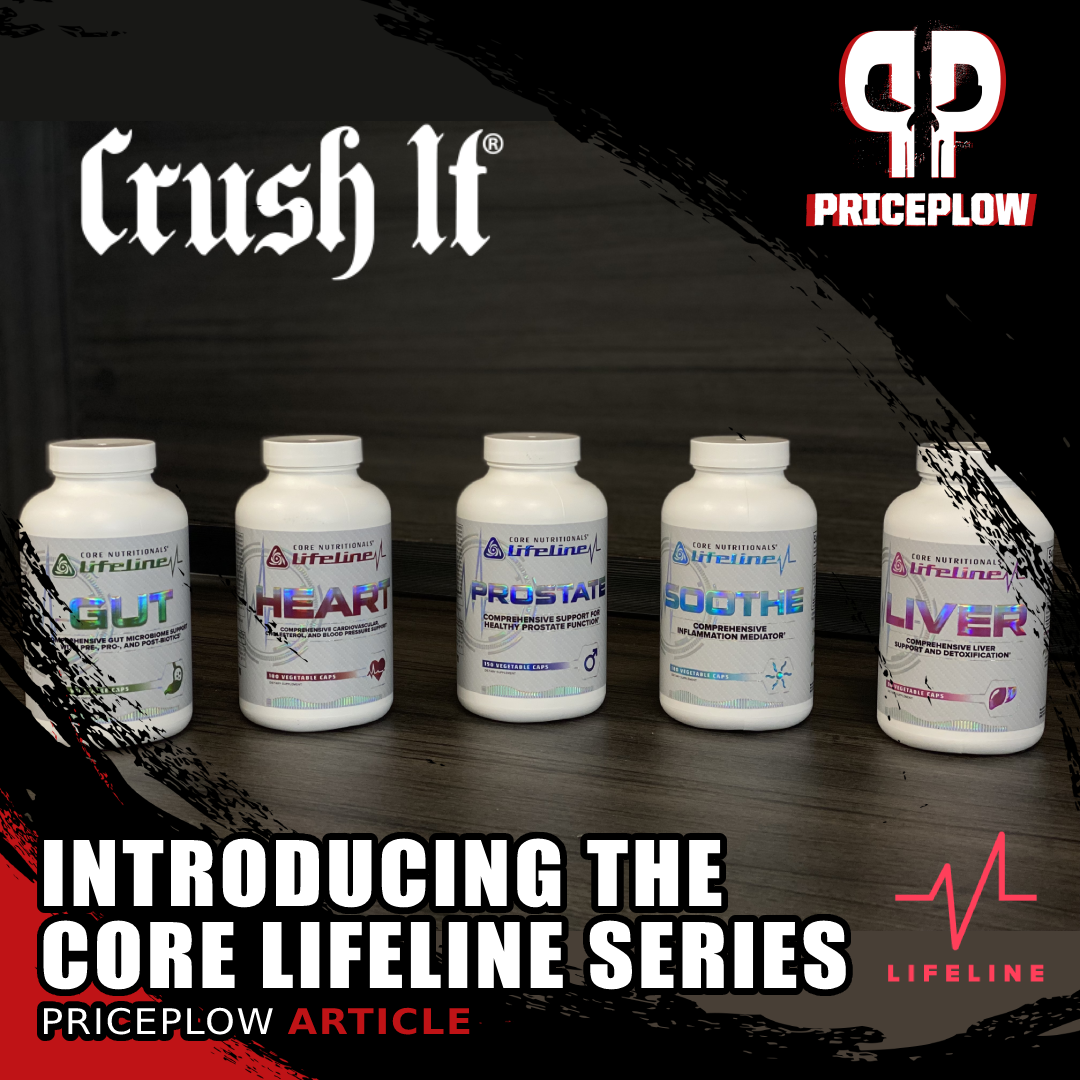
The original supplements in the Core Lifeline series - but now the stack is far better with the new Longevity formula!
CORE Longevity is focused on boosting ATP production and increasing mitochondrial function through NAD+ upregulation, which in our opinion is definitely the best approach for a longevity supplement to take, based on the current state of longevity research.
We're extremely excited to see the first supplement with Puremidine, and hope that this brings more users to the feel-good ingredient that is BioNMN, which we hope to see in anti-aging, weight loss, and sports supplements over time.
You can look at the rest of the Core Nutritionals Lifeline supplements -- some of them are organ system specific (such as Prostate), while some of them will support the entire body (such as Soothe). Longevity is in the latter group, and it can be taken by anyone.
Core Nutritionals Lifeline - Longevity – Deals and Price Drop Alerts
Get Price Alerts
No spam, no scams.
Disclosure: PricePlow relies on pricing from stores with which we have a business relationship. We work hard to keep pricing current, but you may find a better offer.
Posts are sponsored in part by the retailers and/or brands listed on this page.
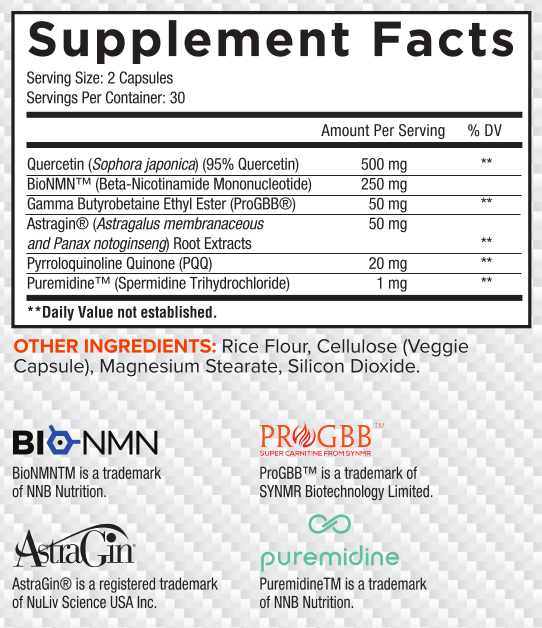
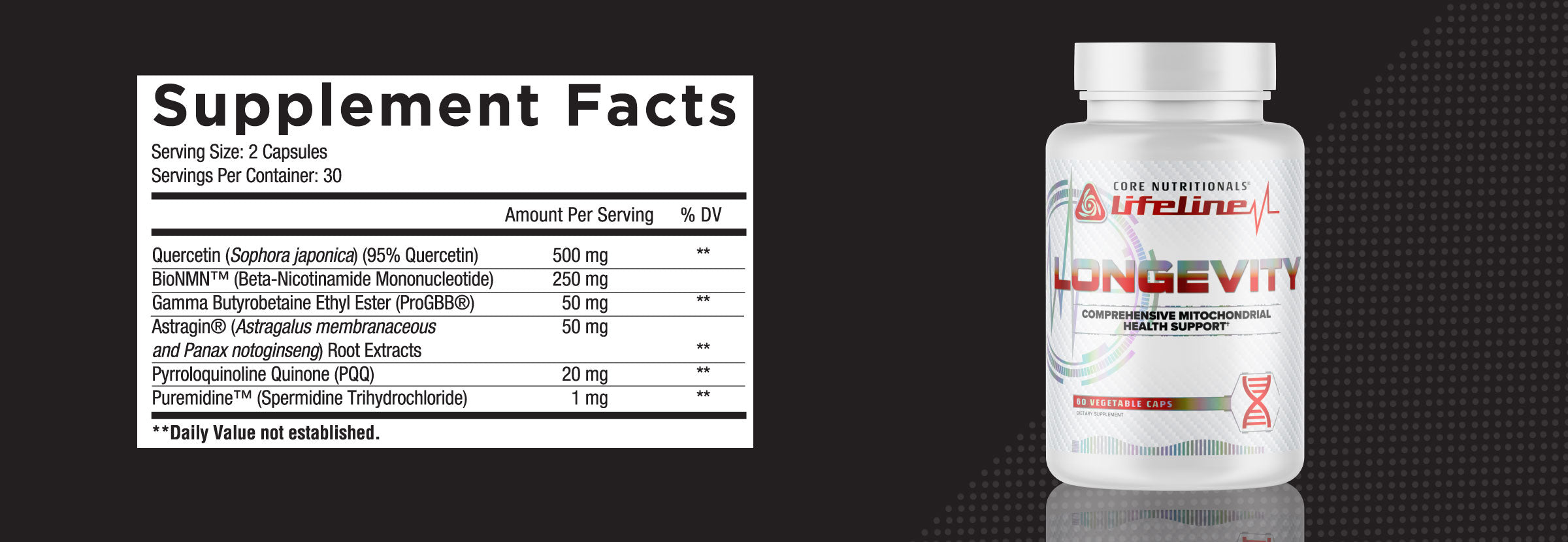
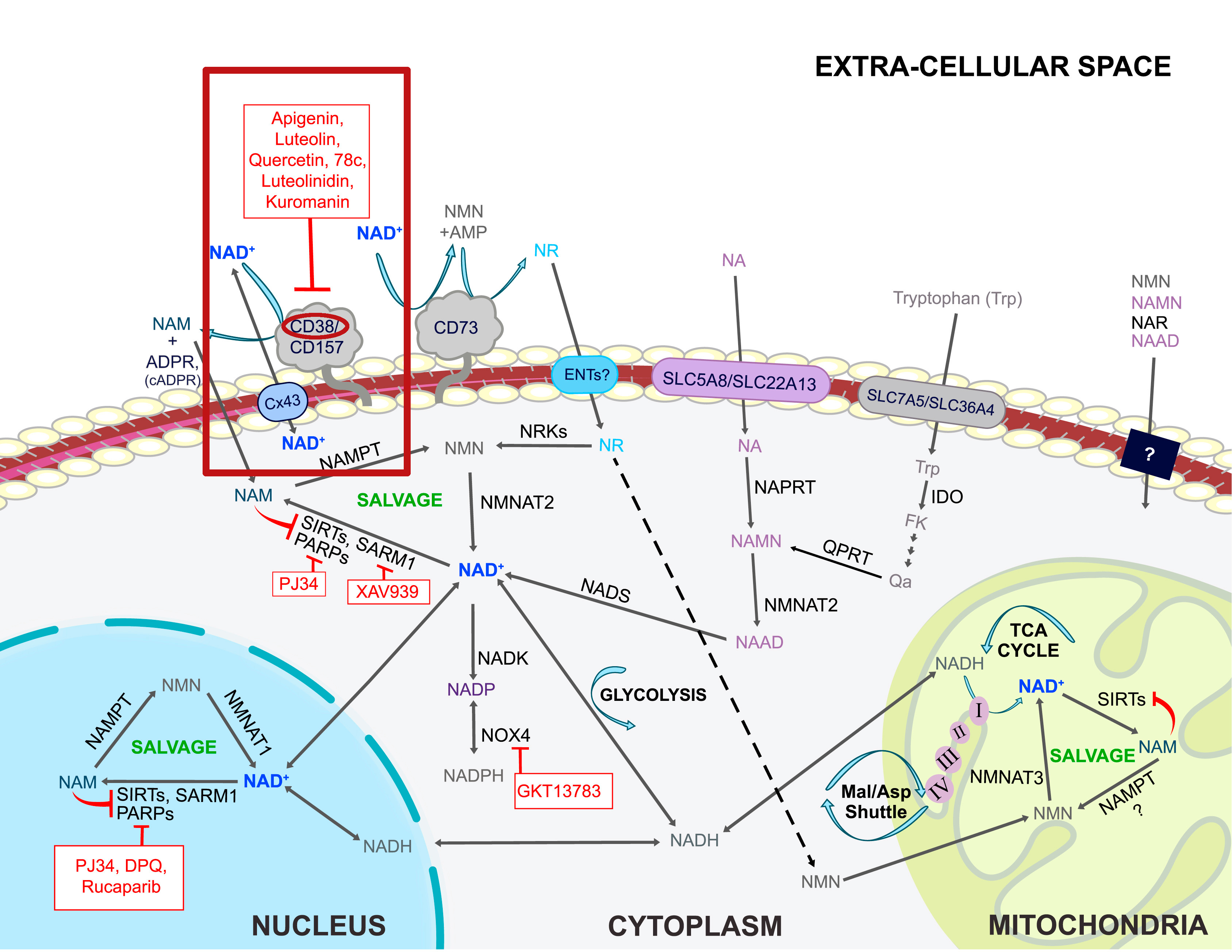
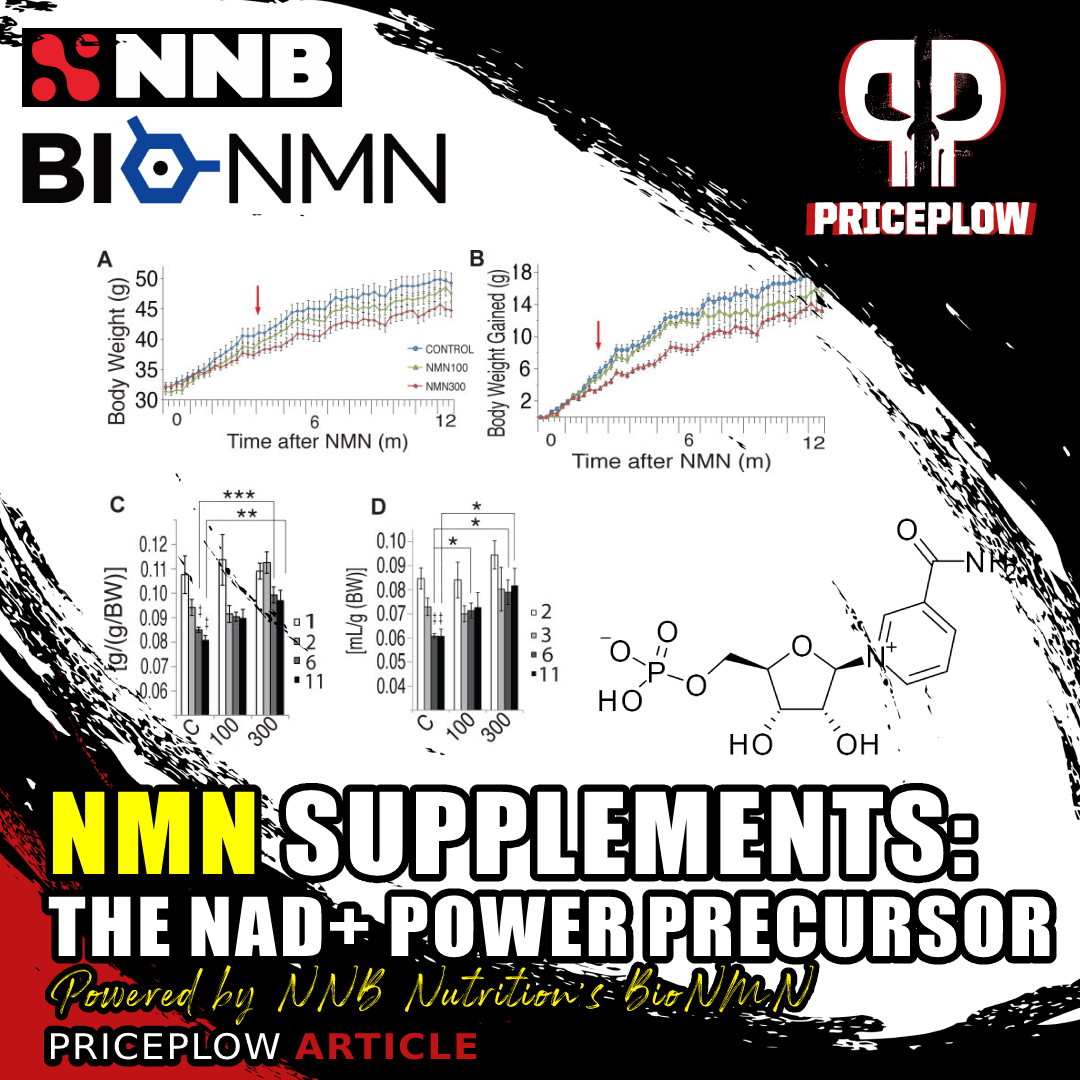
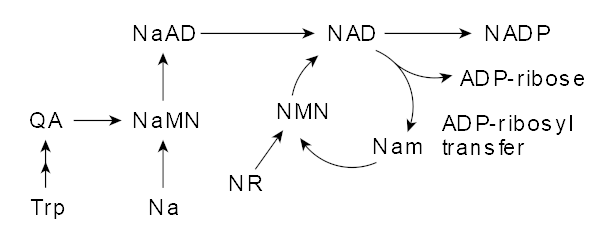
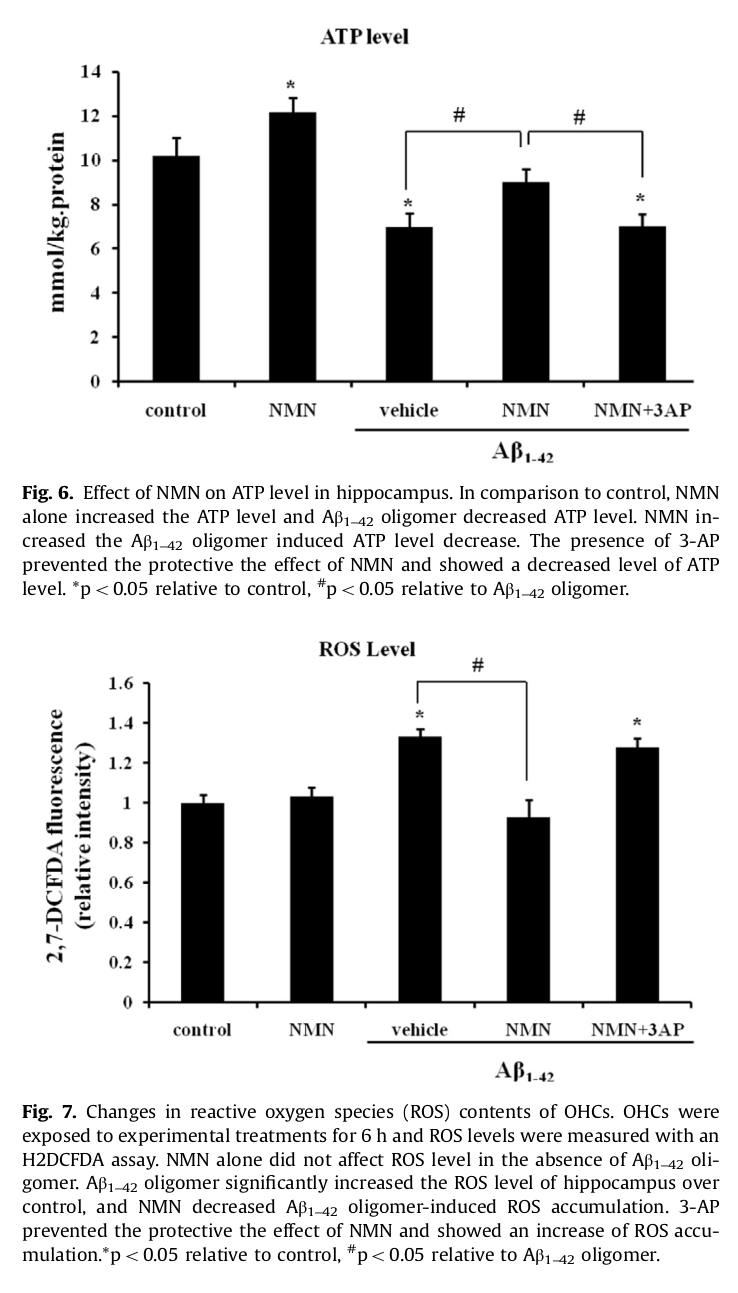
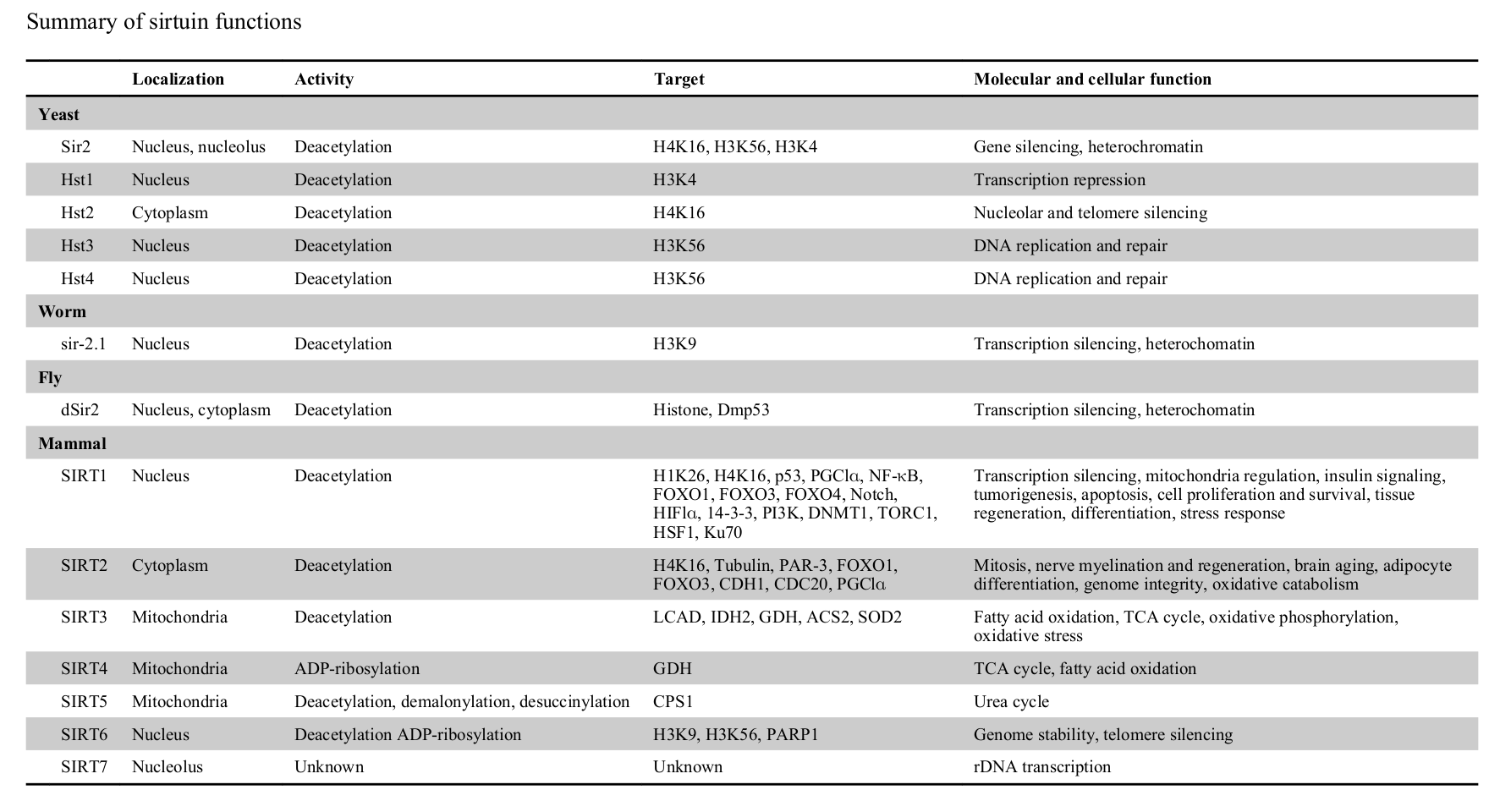
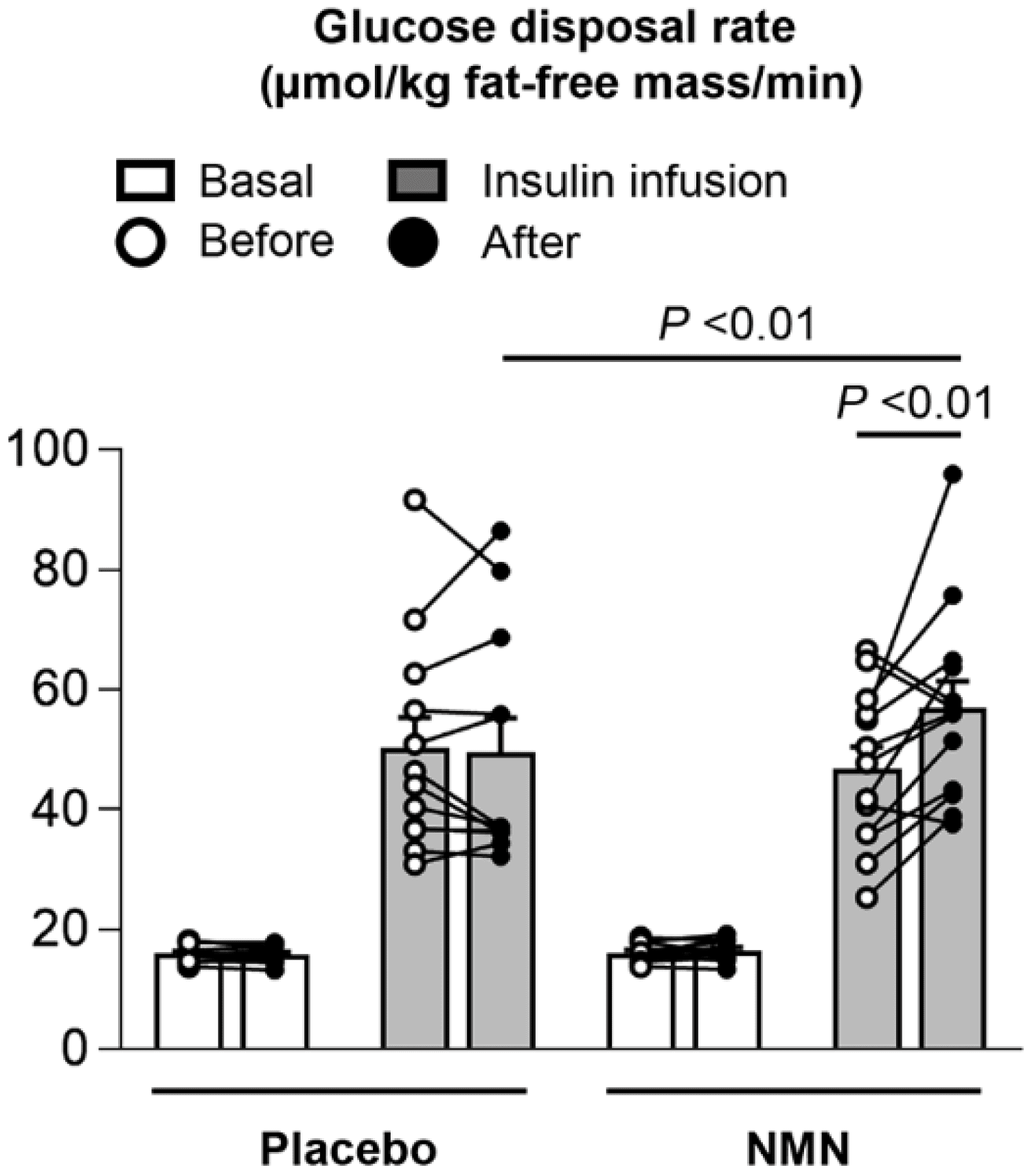

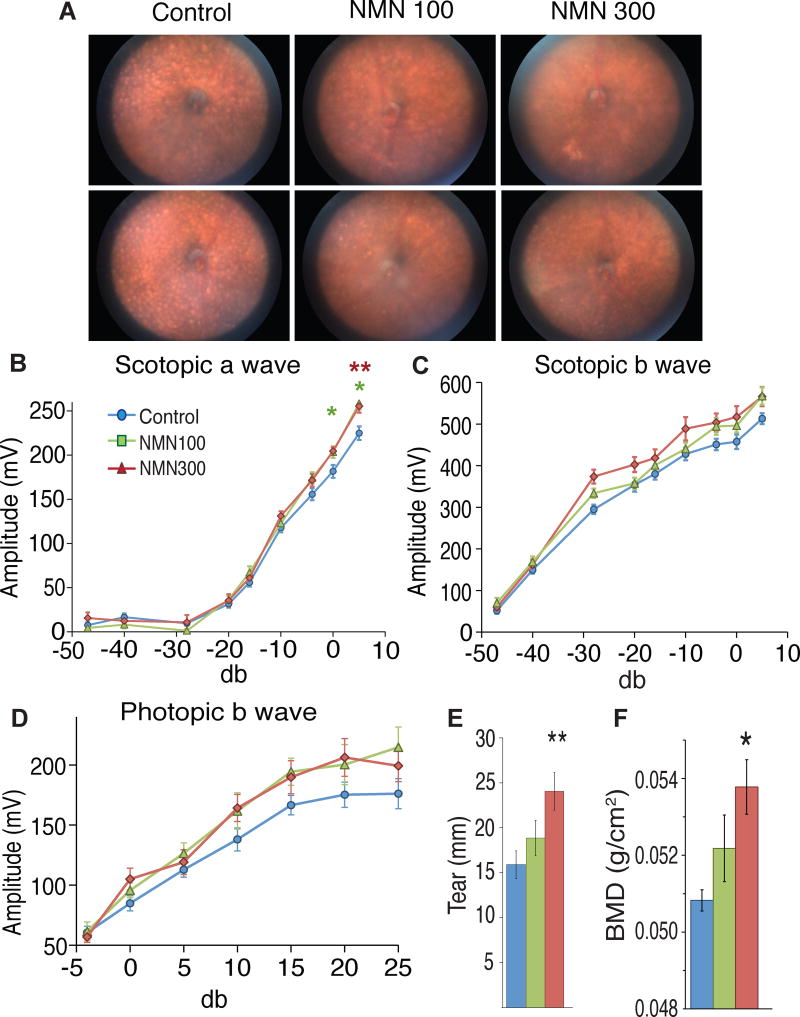
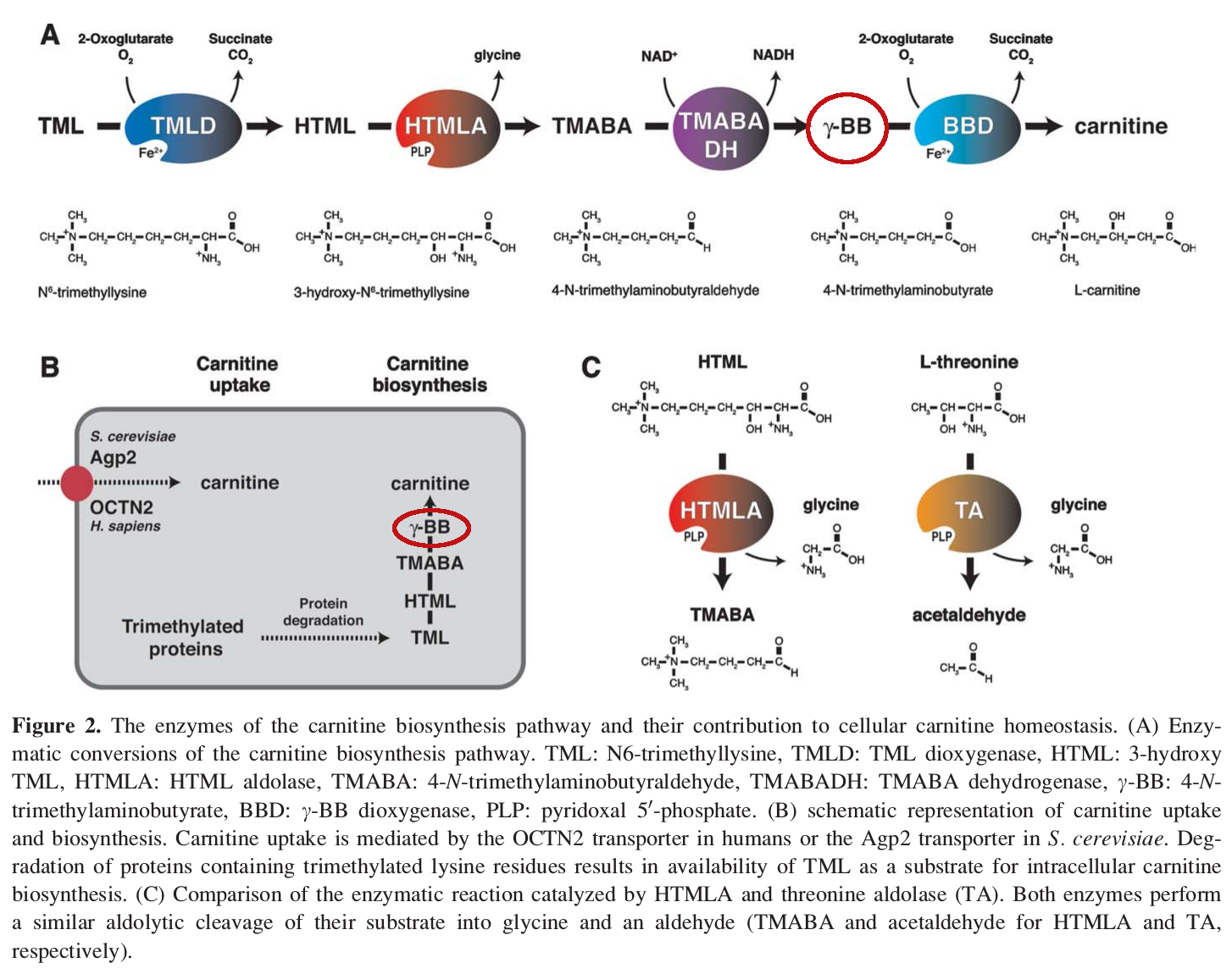
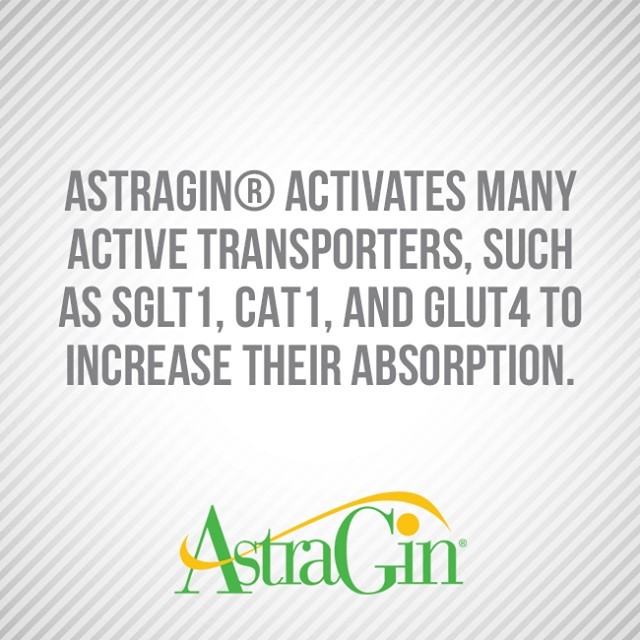
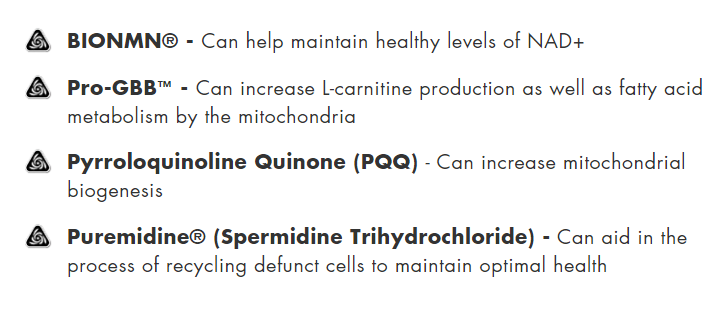
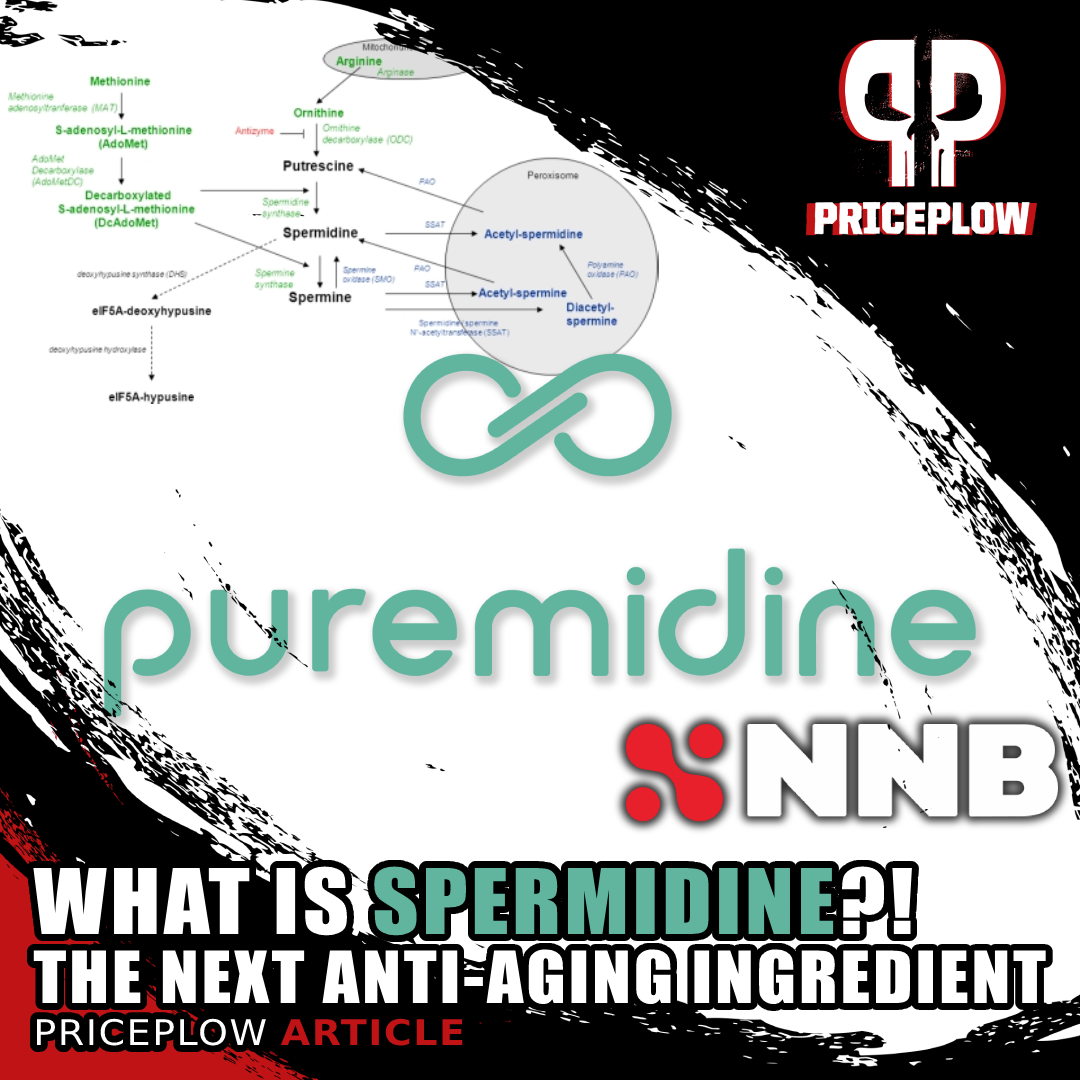
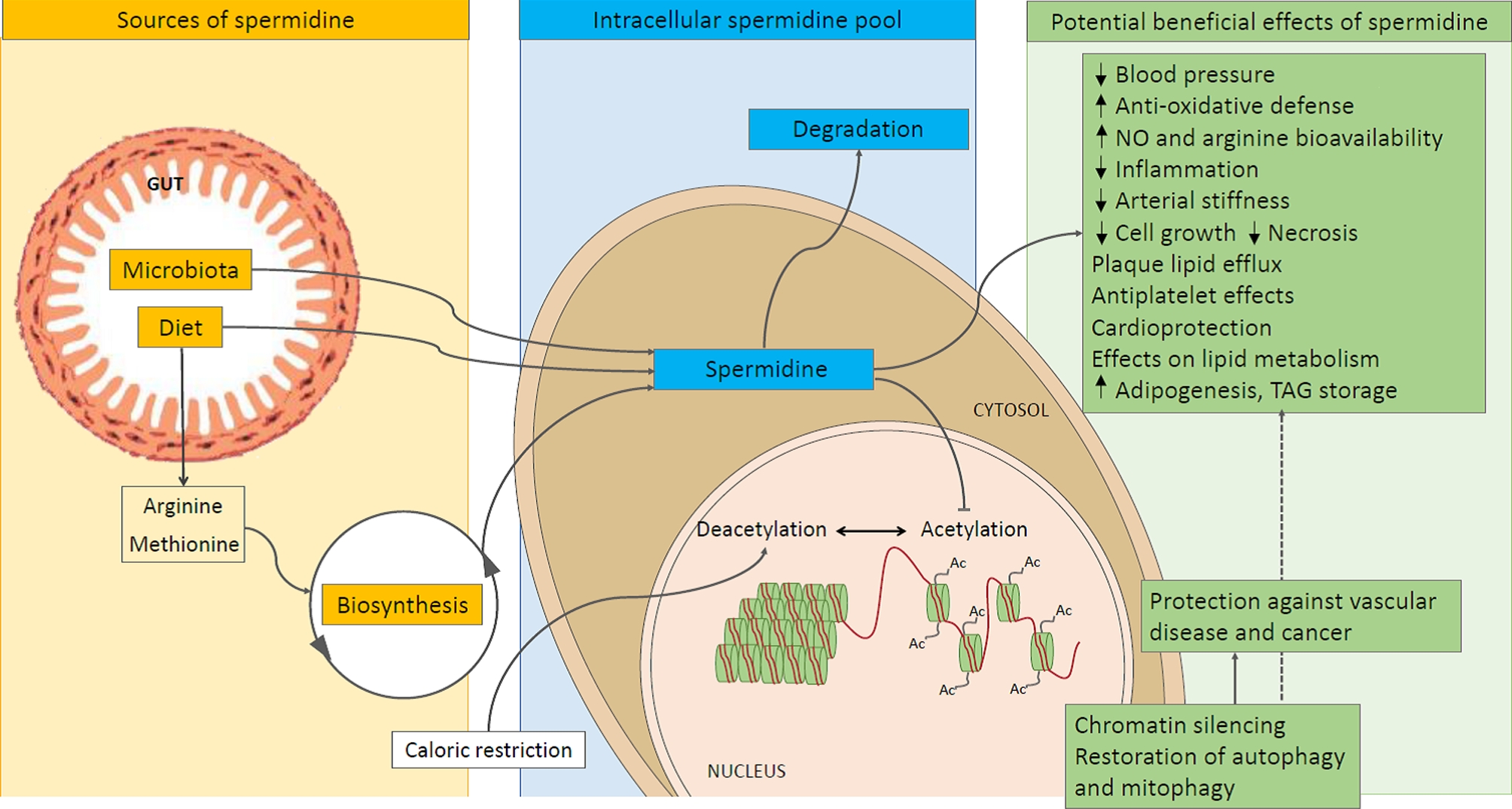
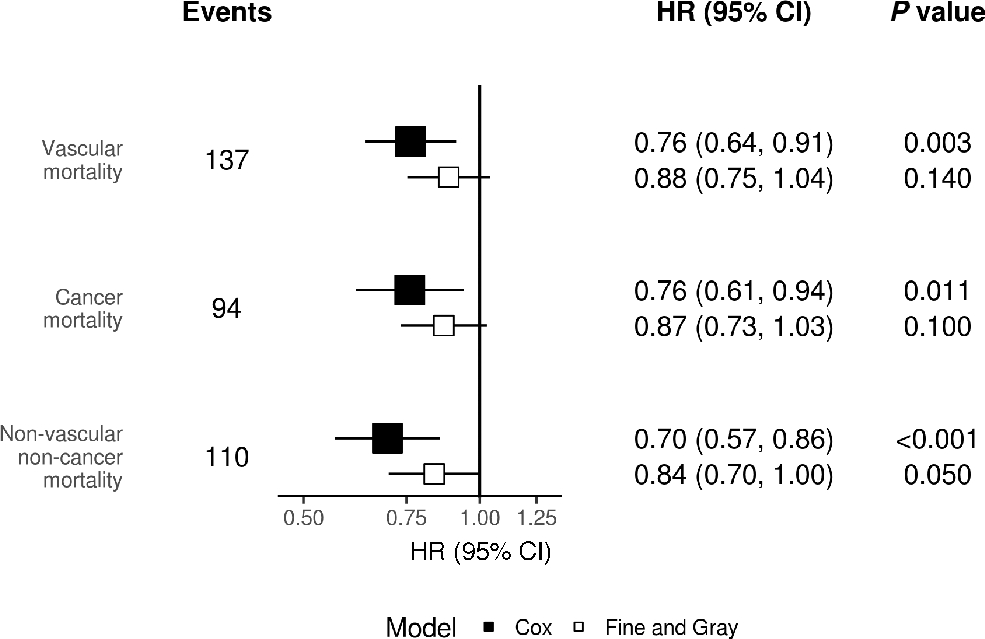
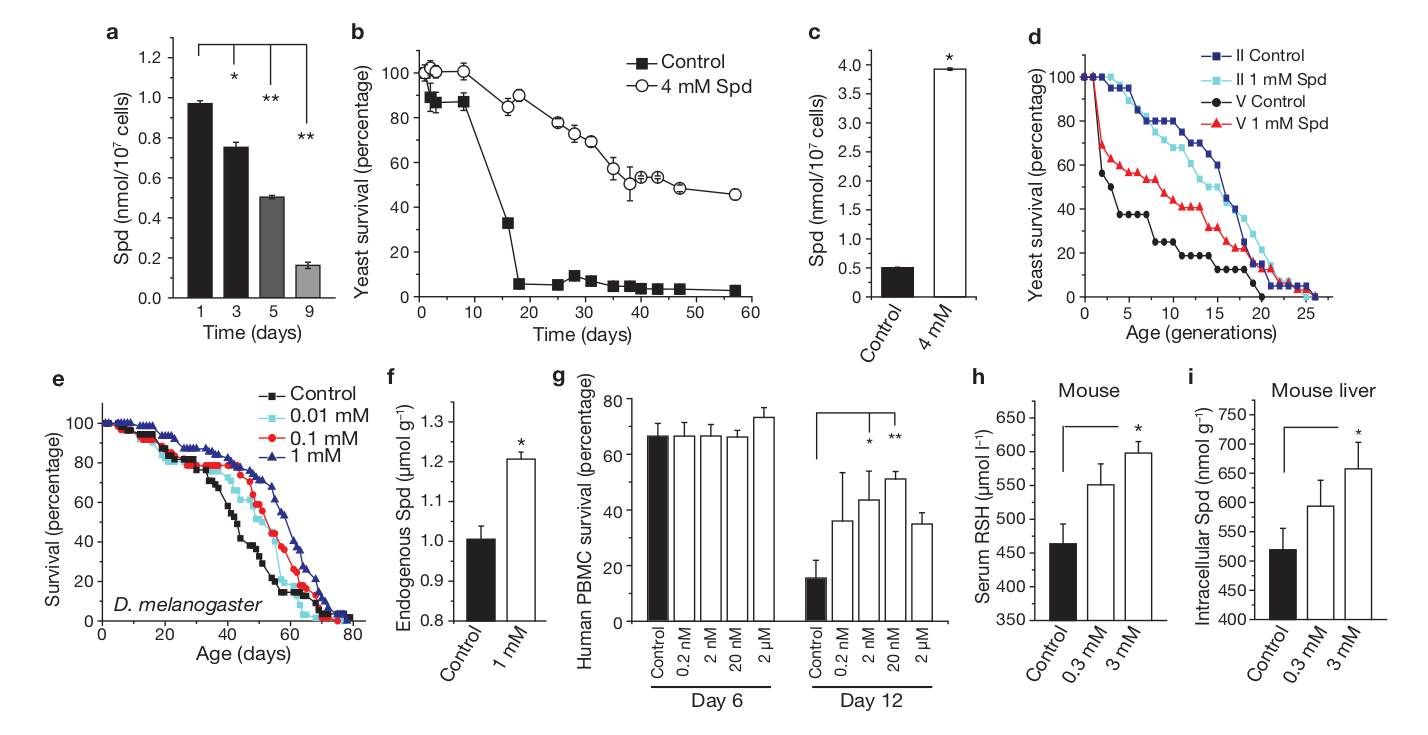
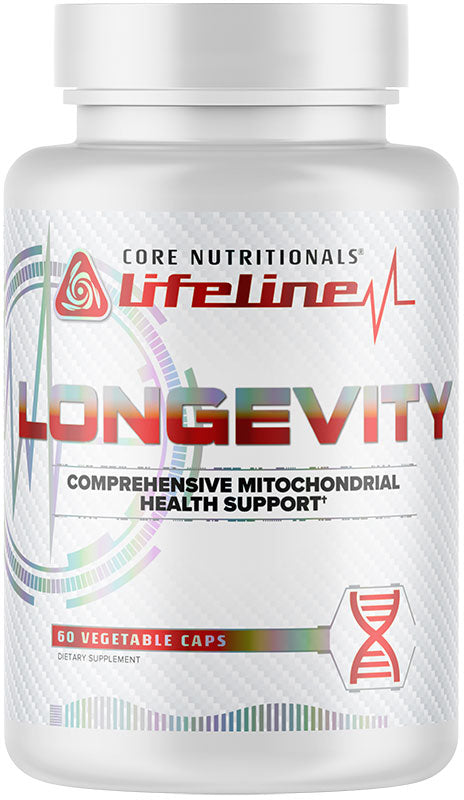
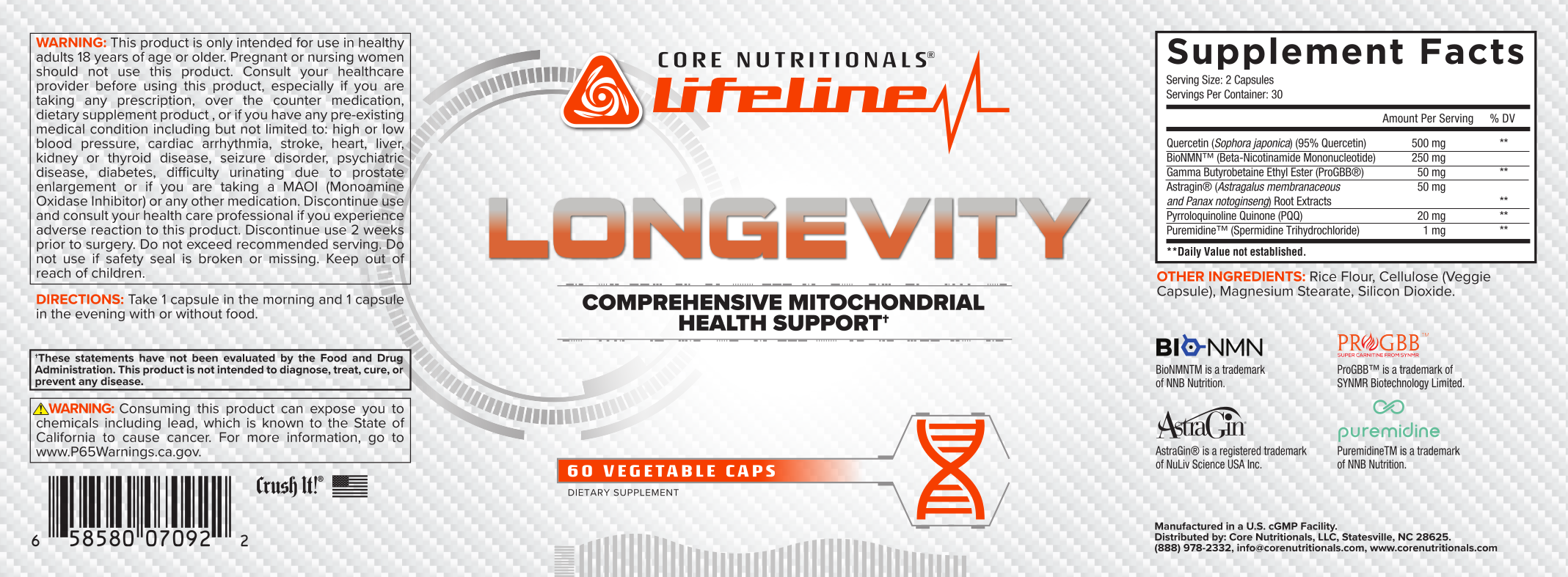


Comments and Discussion (Powered by the PricePlow Forum)